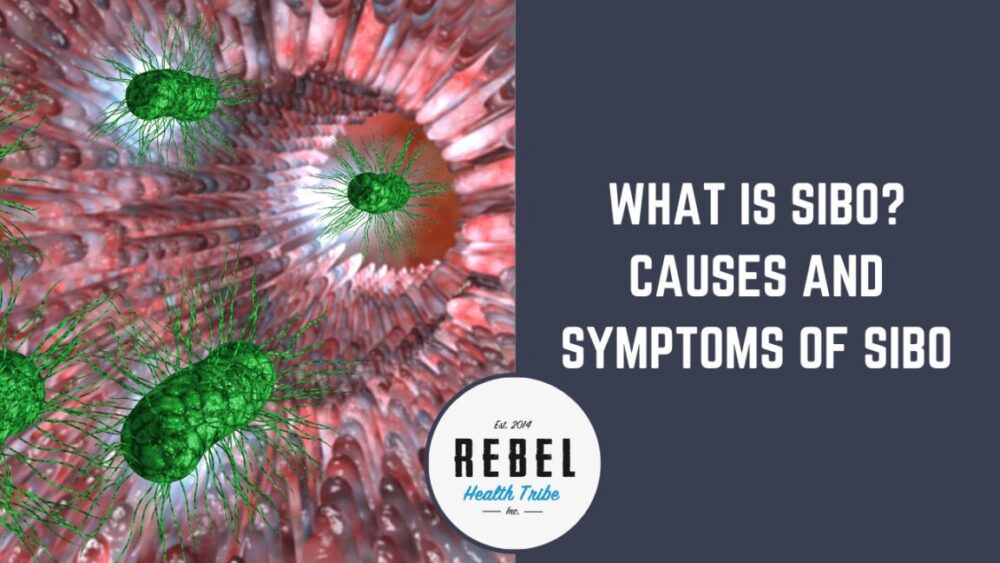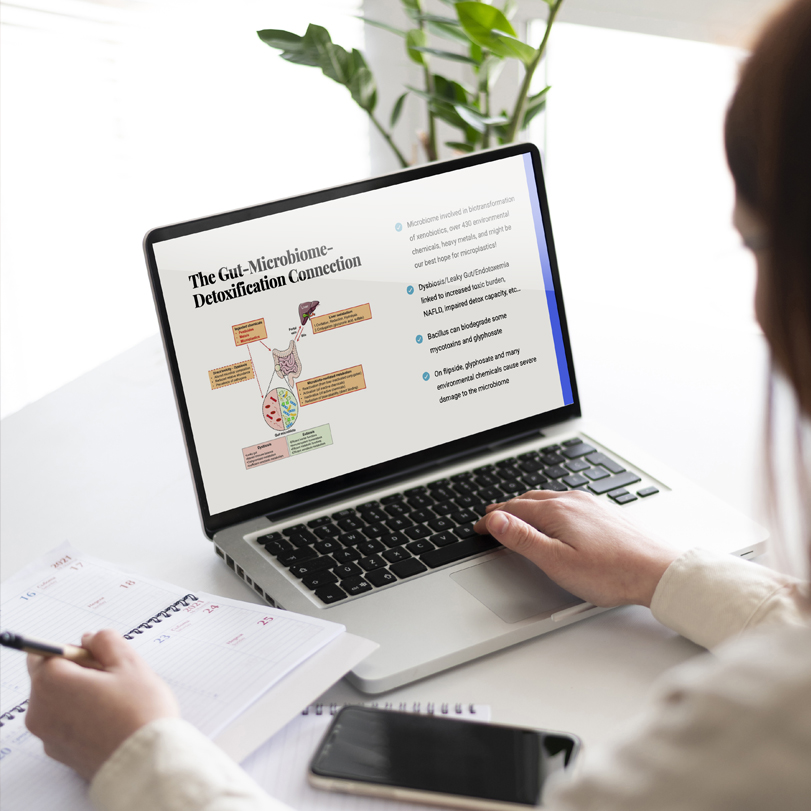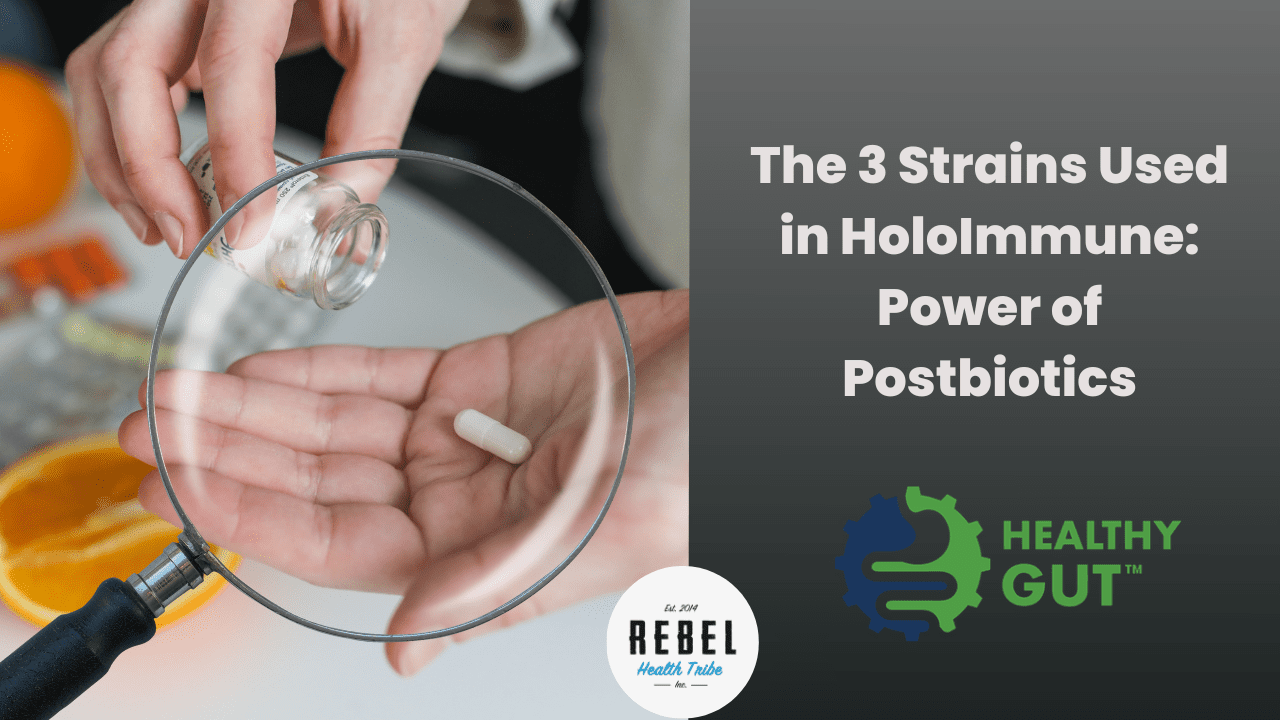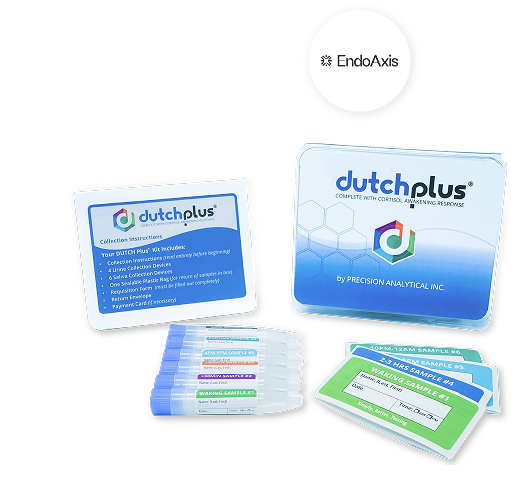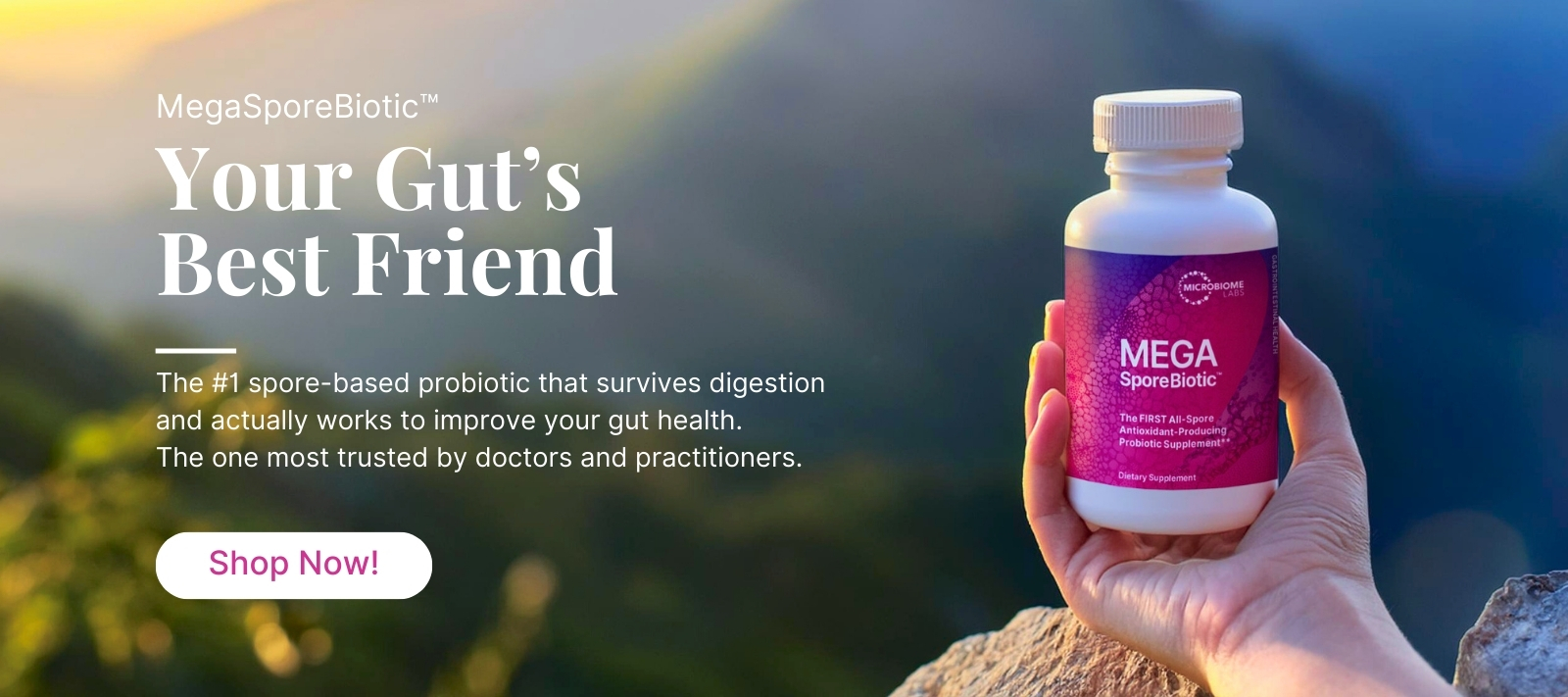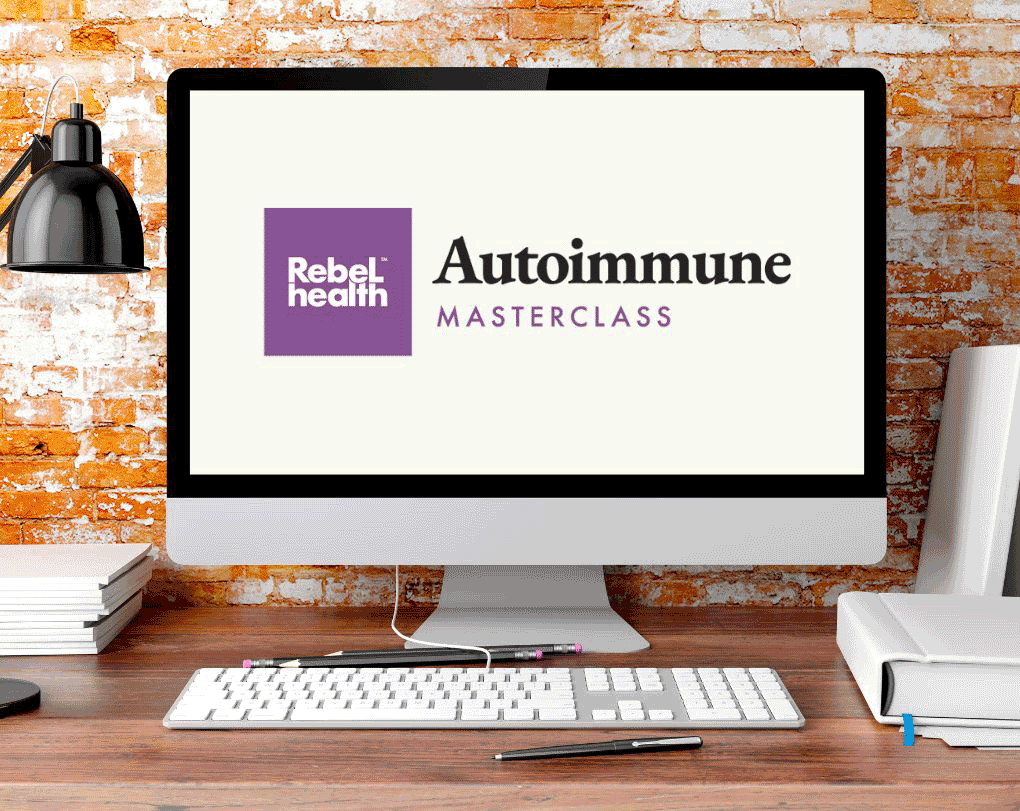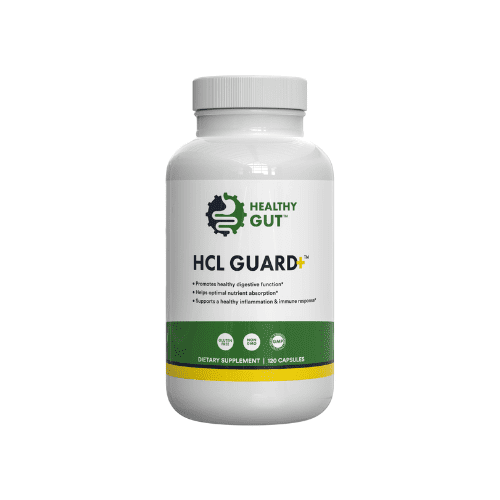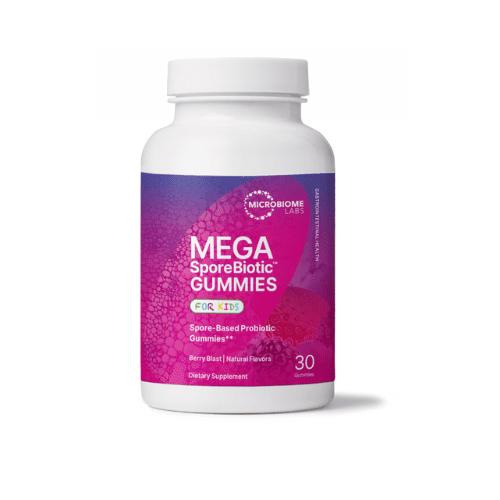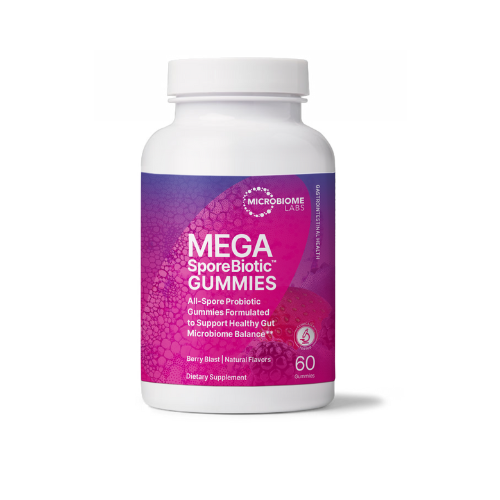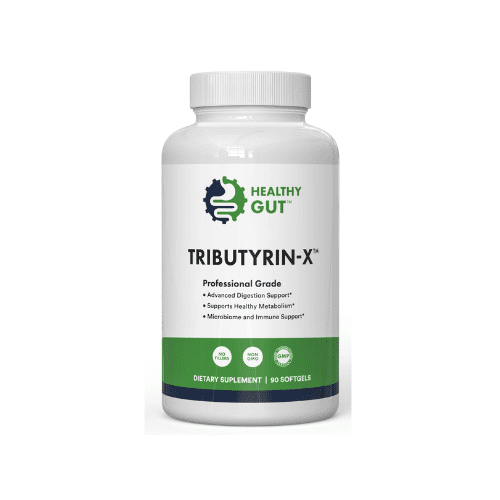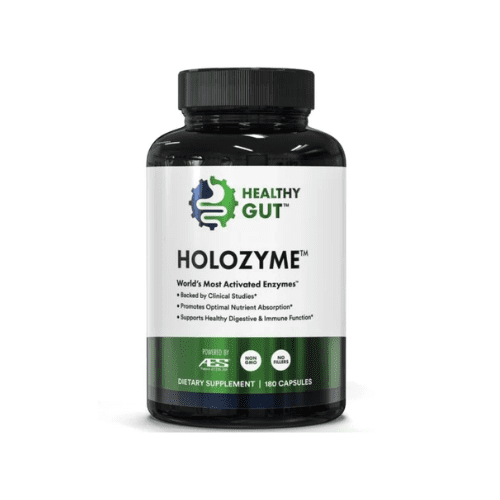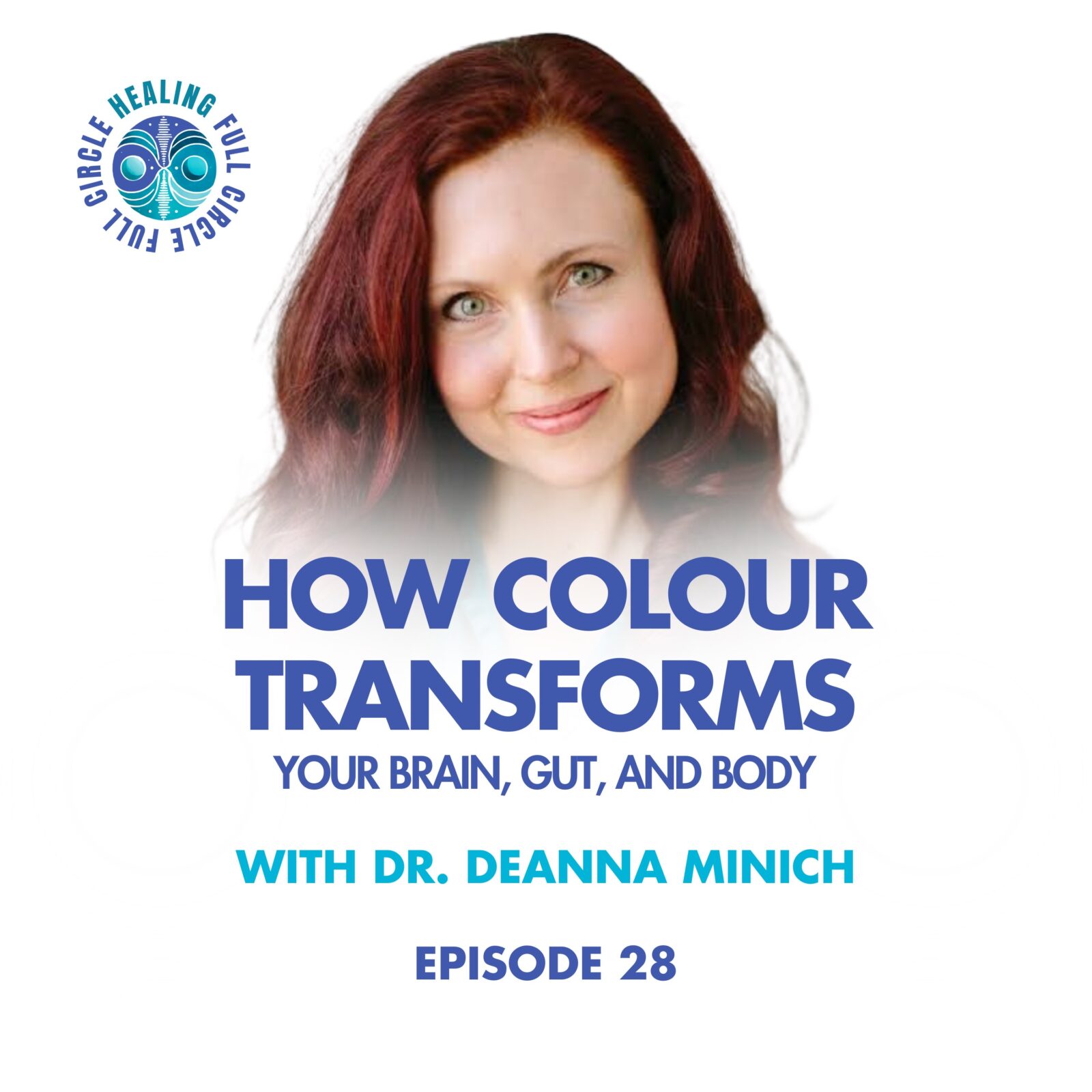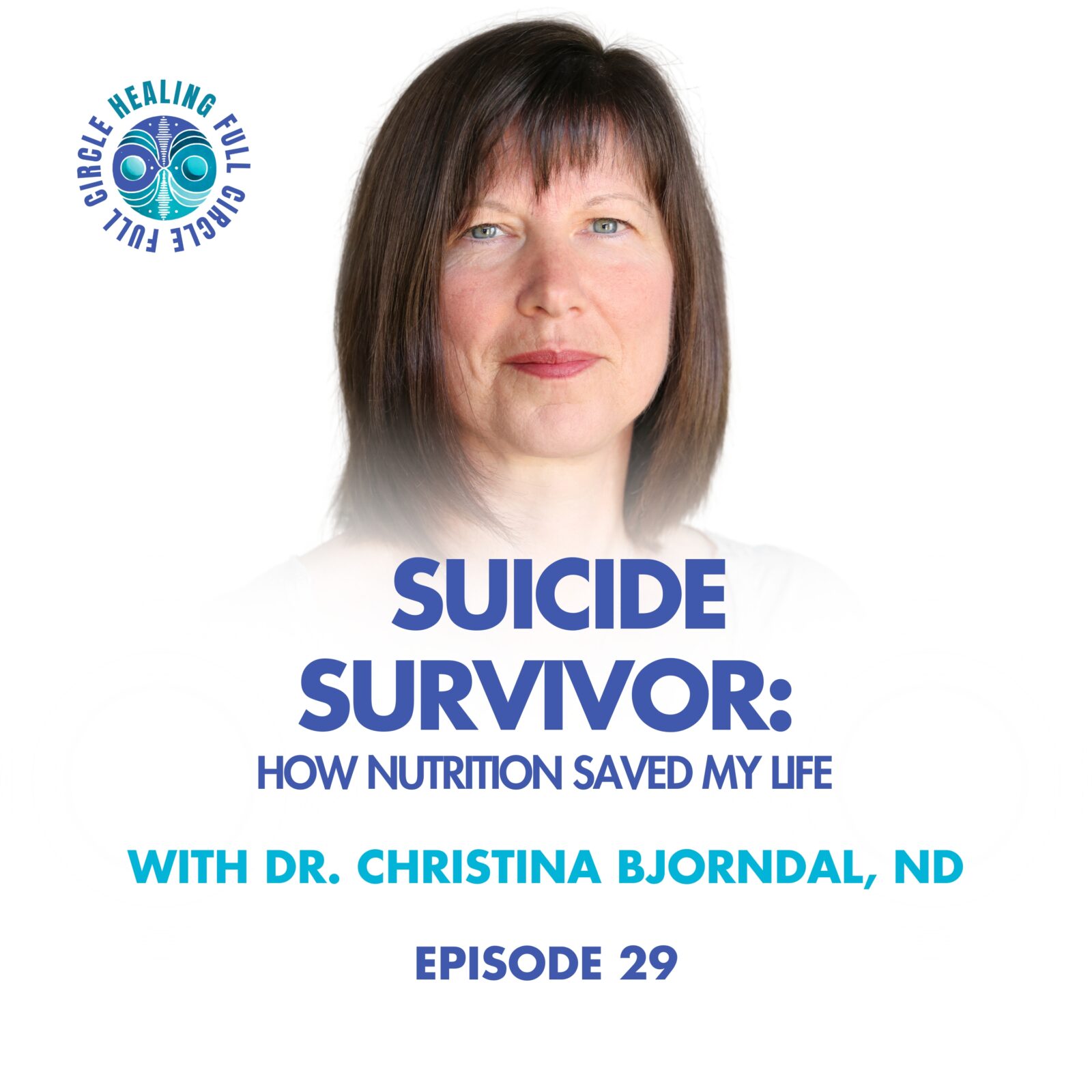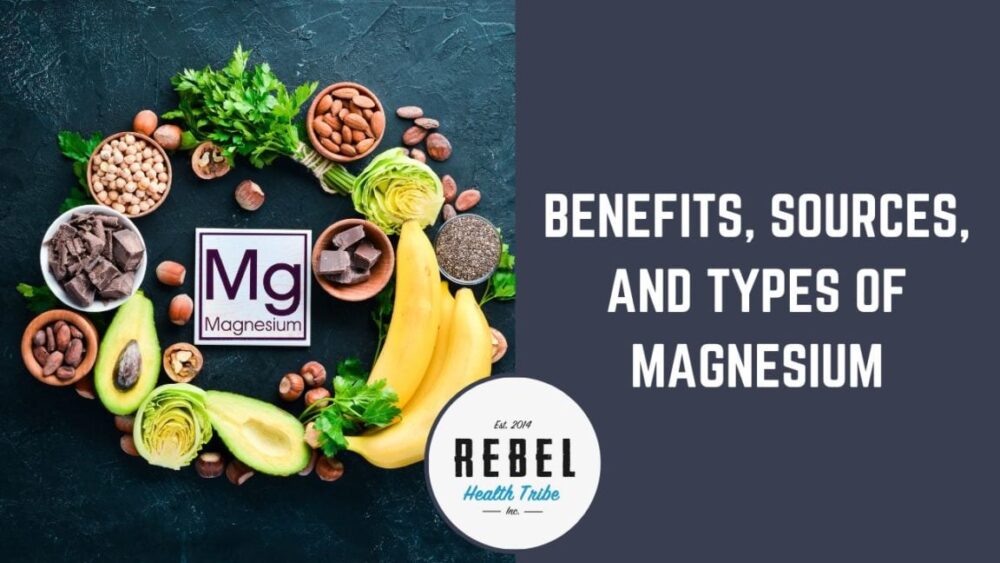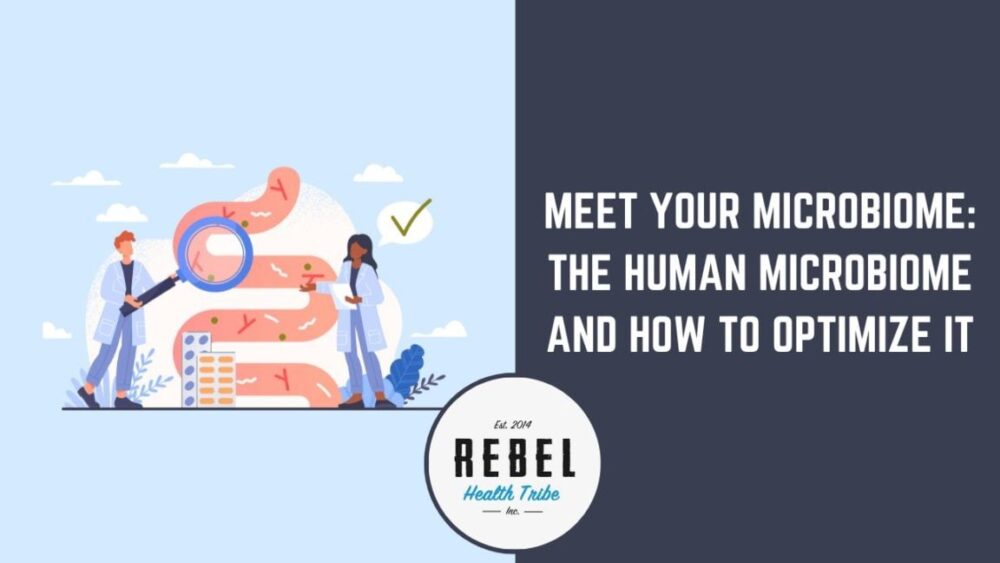“I’ve been collaborating with Michael and the Rebel Health team now for nearly 10 years and I don’t see any end in sight. Working with Rebel Health has been so successful for me personally and for the company I built, Microbiome Labs, because of their focus in vetting and bringing the most relevant, actionable and valid health and wellness information to an audience that is seeking these resources. As Rebel Health’s audience grows each year, members of the community from previous years seem to always be present as well. The audience has continued to remain part of the community year after year because of the tremendous value they receive in knowledge, actions and products! Continue your great work Michael and Rebel Team!”
Kiran Krishnan
Microbiome & Human Health Educator, Speaker, Researcher
Co-Founder: Microbiome Labs, SIV Biome Balancing Serum, EndoAxis
